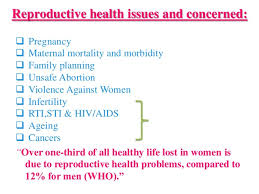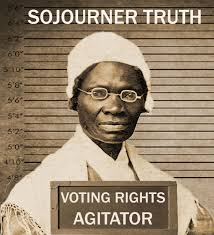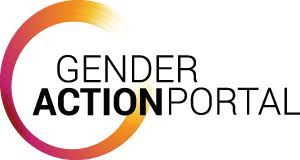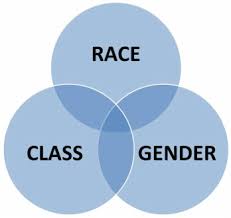Understanding Sexuality in Ourselves and Relationships Develop a light research paper based on case studies provided in the Human Sexuality Case Studies:
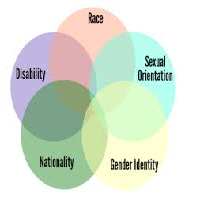
Understanding Sexuality in Ourselves and in Our Relationships interactive media piece (linked in the Resources under the Required Resources heading).
Understanding Sexuality in Ourselves and Relationships
Read the case studies and select one on which to base your paper. Try to choose the case study that you feel best applies to the requirements for your paper, which are provided in the instructions below.
Use your selected case study to write a 3–44-page paper in which you complete the following:
Identify and describe a concept (or concepts) and the general perspective or approach to human sexuality that the concept falls under (such as gender theories, instinct theory, psychodynamic, or developmental) using correct terminology from the
course. If the concept or perspective is closely associated with the writings of a particular theorist (such as Freud, Kinsey, Masters and Johnson, and so on), then provide that information. Explain how the concept fits the case study.
Understanding Sexuality in Ourselves and Relationships Scholarly Resources
Select a minimum of two scholarly sources that support your explanation of how the concept fits the case study. Connect what you have learned in your research by integrating and combining information from your source articles with the case study.
Examine and explain how ethical standards guide professional behavior as they relate to the issues and concepts identified in the selected human sexuality case study. You must state the specific ethical standard that relates to the topic or issue
highlighted in the case study and explain how this ethical standard guides professional behavior.
Note: Do not restate the case study within your paper; you should only identify and refer to the selected case study as needed to illustrate your points.
Your paper should follow a logical structure and be evidence based. Use the MEAL plan to help guide the organization of your
paper.
Main Idea: Present the main point or idea that you are making about your chosen concept related to sexuality and relationships.
Evidence: What does the research say? Support your statements with evidence from the literature.
Application: Summarize the main ideas from articles related to your chosen case study. Apply concepts that relate directly or indirectly to your main point. Make explicit links between source articles and your paper.
Link: Integrate and combine information from your source articles with your main point or idea.
Conduct independent research for resources and references to support your paper. Provide a reference list and in-text citations, in APA format, for all of your resources. You may cite texts and authors from the suggested resources as well as any additional reputable resources you find on your own.
If you wish, you may use the APA Paper Template (linked in the Resources under the APA Resources heading) to complete your paper. In addition, you are urged to use the resources in Capella University’s Writing Center to help you develop clear and
effective writing. In the Writing Center, you will be able to receive feedback on your writing, use writing resources, discover new writing strategies, and explore different ways to draft, revise, edit, and proofread your own work.
Understanding Sexuality in Ourselves and Relationships Additional Requirements
Written Communication: Ensure that your writing is free of errors that detract from the overall message.
APA Formatting: Format resources and in-text citations according to current APA style.
Number of Resources: Use a minimum of two scholarly resources.
Length: The research paper should be 3–4 pages in content length. Include a separate title page and a separate references page.
Font and Font Size: Times New Roman, 12 point, double-spaced. Use Microsoft Word.
Portfolio Prompt: You may choose to save this learning activity to your ePortfolio.





